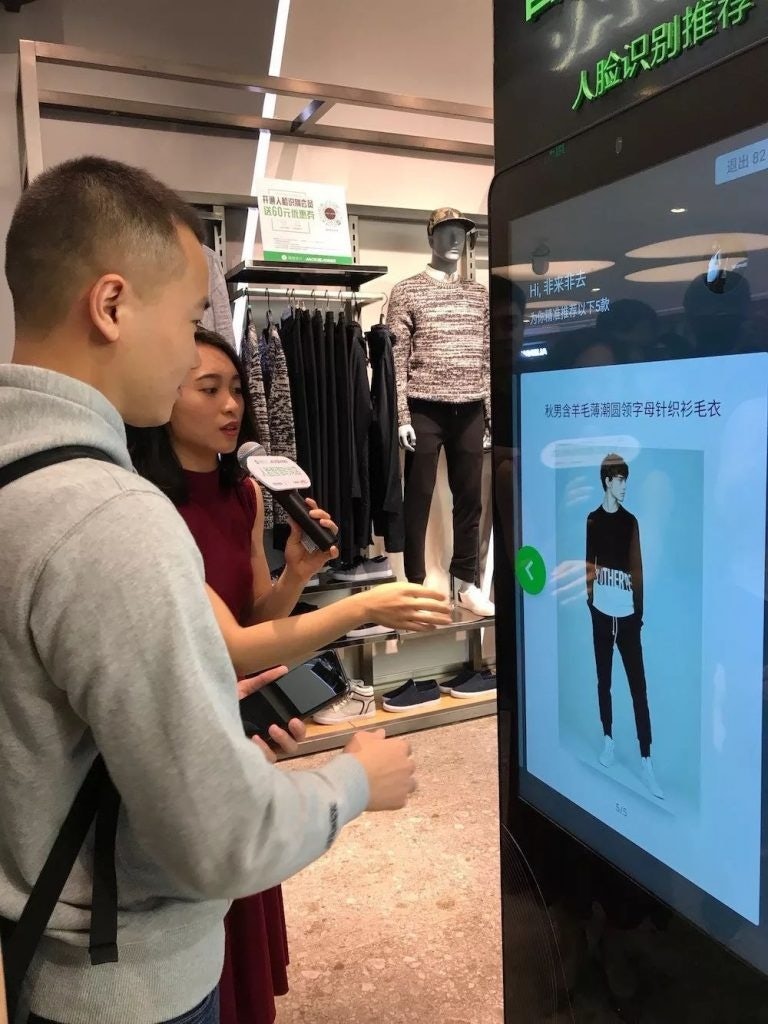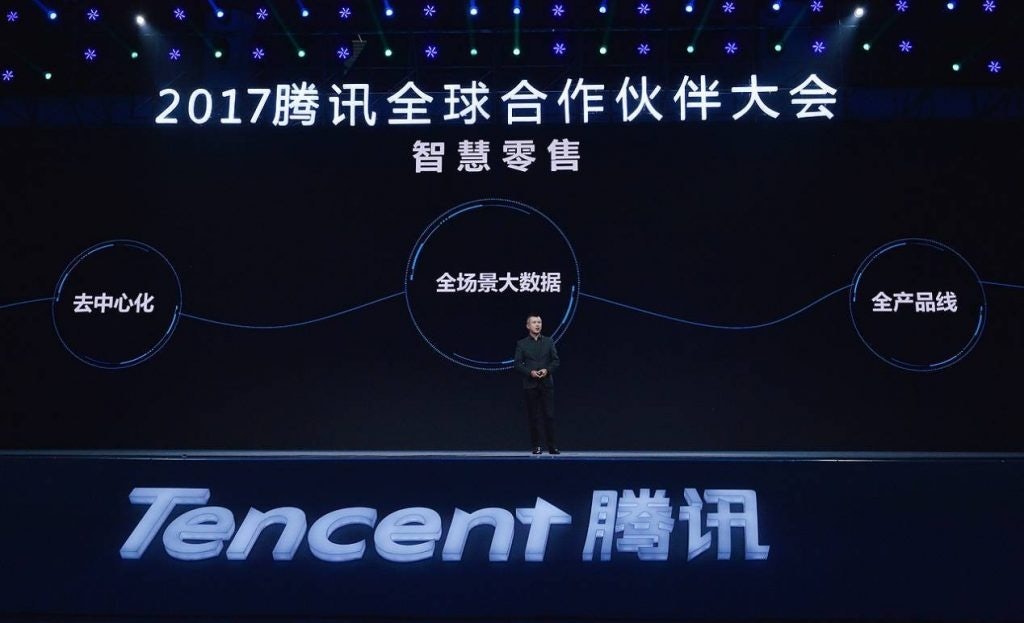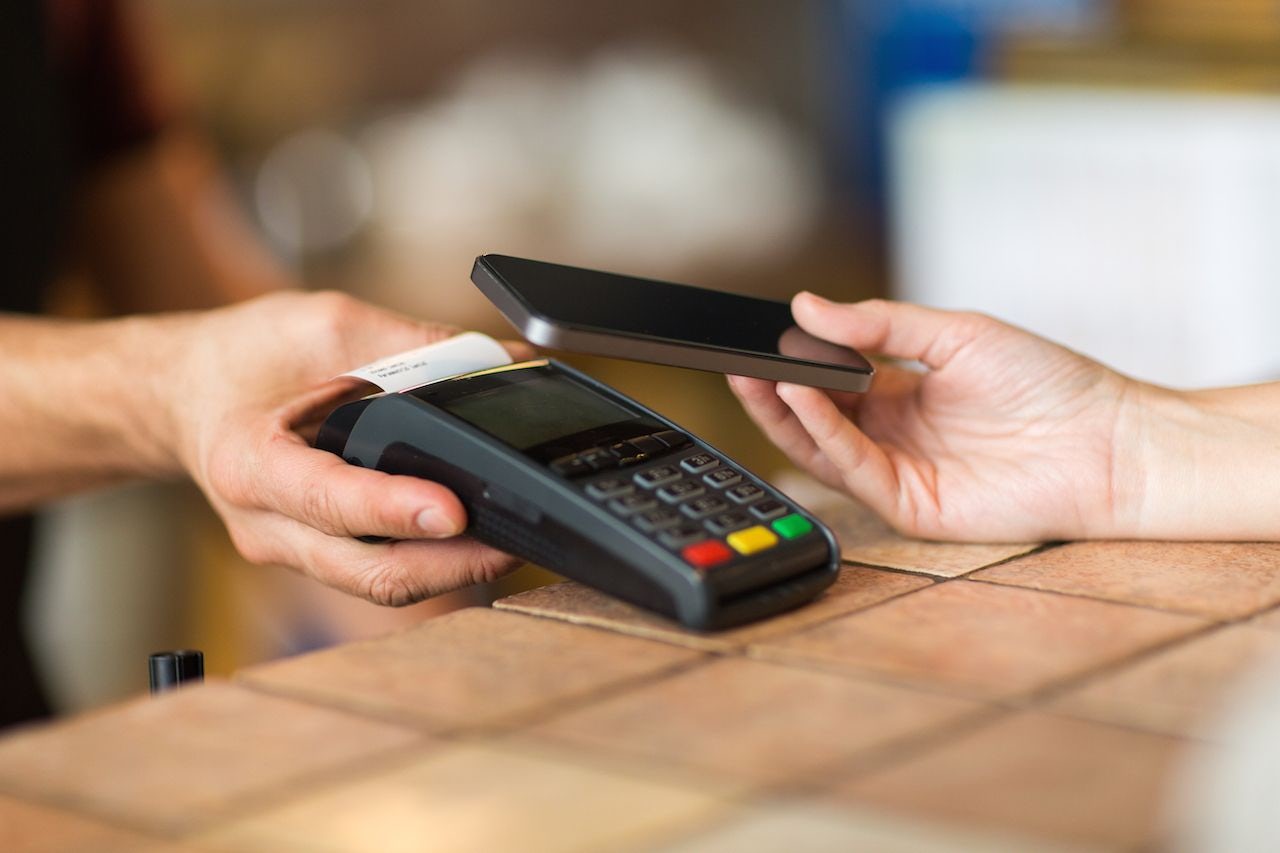Last Christmas, China saw the grand opening of its first ever cashier-free smart fashion stores.
Jack & Jones and Vero Moda, two brands owned by Danish fashion retailer Bestseller A/S (绫致时尚), have opened smart stores in Shenzhen and Guangzhou. The stores are powered by facial recognition technology provided by Tencent’s Youtu lab (腾讯优图), one of the most advanced AI technology providers in China.
While these are more mass market brands, luxury retailers have tended to follow in their footsteps when it comes to breakthrough innovations in China, such as web stores and WeChat mini-programs.
No Cash, Card, or Smartphone Needed#
One doesn’t need a wallet or even a mobile phone to shop at the new stores. After completing the facial recognition registration process in-store, shoppers immediately become members of the “AI Club”, powered by WeChat Pay. At the exit, instead of groping for their wallets or phones, customers use their faces to complete payment via WeChat Pay.
As well as cashiers, sales staff are also being displaced with automated systems. Instead of asking for help and advice when trying on clothes in the fitting room, visitors to the store can receive customized recommendations for Bestseller A/S clothes and accessories they might want to try on virtually. According to one of the store’s employees, “The machines simply know what you want.”

The new technology has yielded impressive initial results for Bestseller A/S. According to the company, on the first day the tech was put to use, the gross revenue from customers who paid via facial recognition accounted for more than 80 percent of turnover. The total store income that day improved by 40 percent.
Smart stores can also reduce labor costs and improve the user experience, especially as they get to know their customers better.
The Future of Automation#
According to McKinsey Global Institute, 40 percent of time spent on sales-related activities can be automated by adapting current technologies with AI. Several Chinese companies are exploring ways to take advantage of the opportunity.
JD.com is expected to build hundreds of cashier-free supermarkets, and Alibaba has already opened several of its brick-and-mortar Hema Supermarkets (盒马鲜生), which integrate with Alipay and include barcodes that can be scanned with a smartphone to find more information on every product in store.
While both JD.com and Alibaba (and Amazon, for that matter) started their experiments with cashier-free stores with groceries and household items, Bestseller A/S and Tencent are trying something different by bringing the technology to the fashion industry.

It’s Really About the Data#
Tencent has grand ambitions of helping other retailers smarten up too. At the Tencent Global Partner Conference in November, Ren Yuxin (任宇昕), the Chief Operating Officer of Tencent, said the company would provide smart retail solutions, including services like big data, cloud computing and artificial intelligence to brands and off-line retailers to help brick-and-mortar stores transform into smart, digital ones that can “really think”.
According to Liu Dongyue (刘东岳), the head of the digital sales department of Bestseller A/S, “customers are expecting a more personalized, more entertaining and more convenient experience” when they buy in the store, which is “why fashion brands like Bestseller A/S need help from big data.” In other words, for brick-and-mortar retailers, the most important technology isn’t really automated payment. It's the user data that matters.
According to Vqudo (微趋道), a WeChat marketing solution provider, through facial recognition, stores will be able to match customers with their WeChat ID, which contains a vast trove of their purchasing, location and social data.
Data from purchases made in person can be paired with online purchases to create a single seamless system. One important tool in all of this is WeChat mini-programs, many of which are e-commerce stores that live inside the WeChat app. These enable “users to bring the whole Bestseller A/S back home [virtually] and share it with their family and their friends”, Liu said.
Tencent’s ambitions don’t stop here. It aims to introduce a new service called “WeChat Pay Plus”(微信支付+), which connects WeChat Pay with mini-programs, products, and advertisements, that would allow thousands of fashion retailers to their merge online and offline traffic and data, and ultimately to boost revenues.


